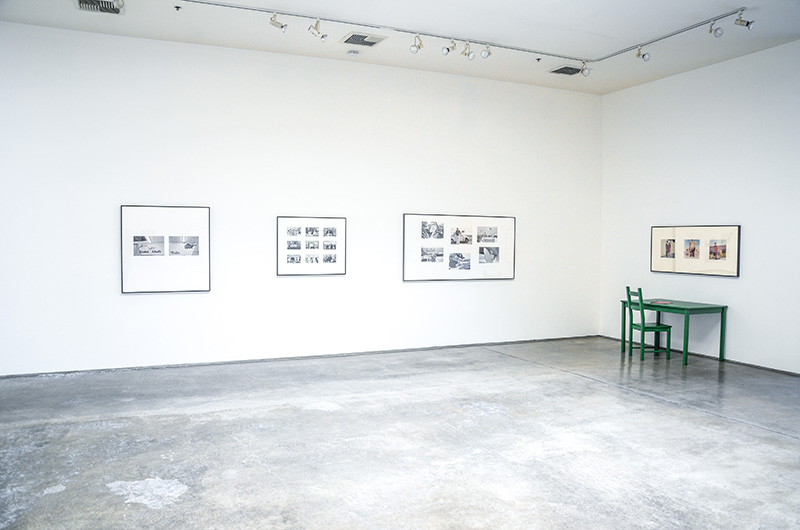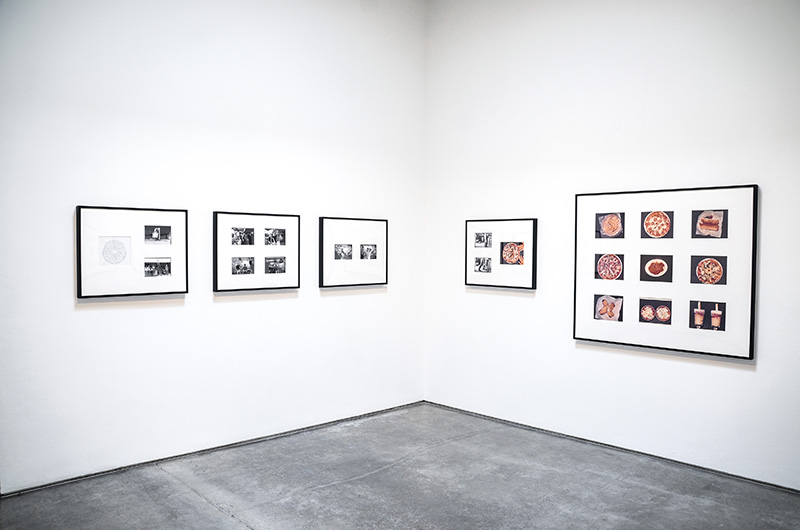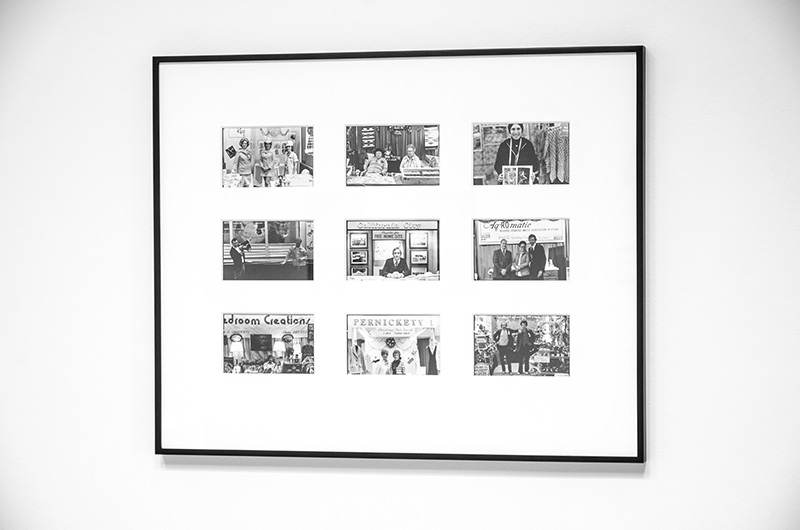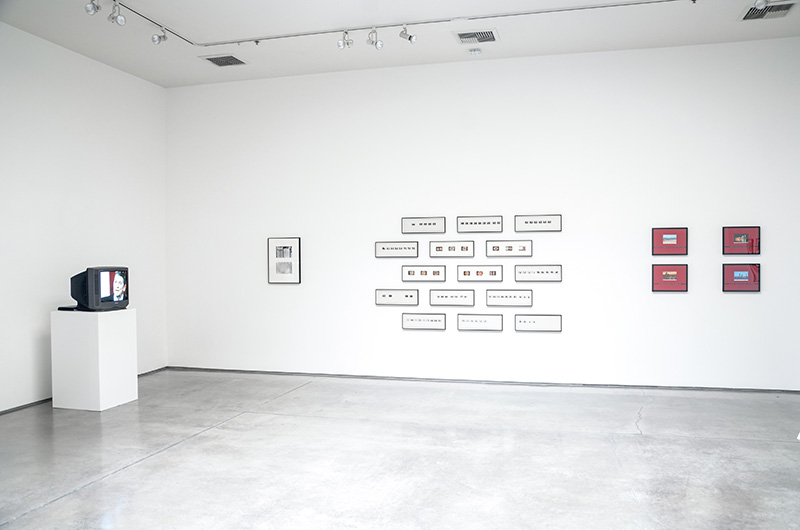ART-PRESENTATION: Allan Sekula-Early Works
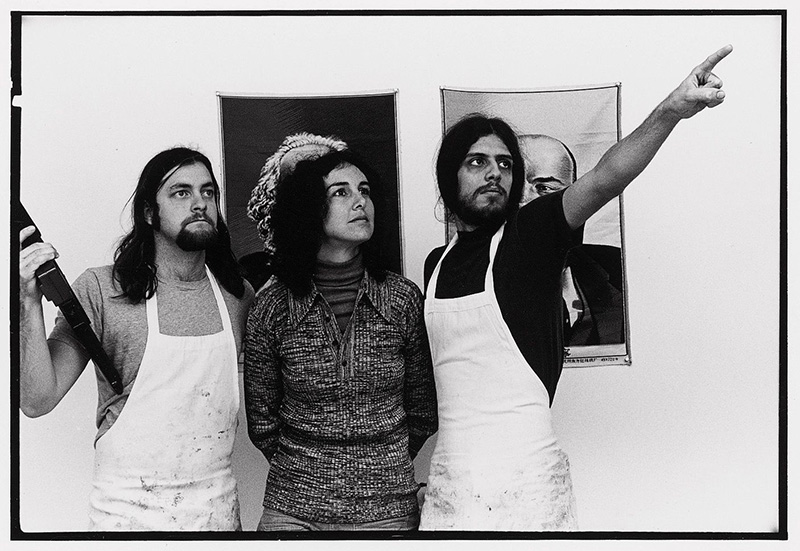 Photographer, film-maker, cultural theorist and political activist, Allan Sekula was one of the outstanding Marxist intellectuals of his generation. The author of pioneering histories of photography, he produced genre-shifting exhibitions, books and videos. Almost at the end of his life, he co-directed an award-winning documentary film, and was renowned for the sheer range of his interests, his critical intelligence and enduring political commitment.
Photographer, film-maker, cultural theorist and political activist, Allan Sekula was one of the outstanding Marxist intellectuals of his generation. The author of pioneering histories of photography, he produced genre-shifting exhibitions, books and videos. Almost at the end of his life, he co-directed an award-winning documentary film, and was renowned for the sheer range of his interests, his critical intelligence and enduring political commitment.
By Dimitris Lempesis
Photo: Christopher Grimes Gallery
The exhibition “Allan Sekula: Early Works” that is on presentation at Christopher Grimes Gallery in Santa Monica, includes unique, preliminary versions of his established works such as “This Ain’t China (unique maquette)” (1974), comprised of almost 90 contact sheet prints depicting the class struggle of kitchen workers (including the artist himself), and “School is a Factory”, consisting of selected prints that have never been exhibited. Among other works on view are: “Meditations on a Triptych”, “Long Beach Notes” and the single-channel video “Reagan Tape”, also the exhibitionmarks the launch the second edition of “Photography Against the Grain: Essays and Photoworks” (1973-83), a seminal collection of early essays and photographs by Sekula that has been out of print for nearly 30 years. Sekula entered the University of California (USCD) in San Diego in the early ‘70s intending to study marine biology, before deciding to major in Visual Arts. UCSD was then an intellectual powerhouse, he took classes on art with John Baldessari and David Antin, he was taught philosophy by Herbert Marcuse, and film by Manny Farber. A photo-project and an essay from the mid ‘70s marked his emergence. In blackand-white photographs, texts and two taped interviews, “Aerospace Folktales” (1973) is a semi-fictionalized study of the effect of unemployment on an aerospace engineer and his family. Allan Sekula’s photo-text work, “This Ain’t China (unique maquette)” (1974), announces the artist’s early attention to China as a foil for Western paradigms of production both cultural and economic. The work combines a narrative with staged photographs, shot in the spirit of Jean-Luc Godard, in a Maoist phase and channeling Bertolt Brecht. Sekula’s plot concerns the employees of a restaurant in San Diego (artist included), all musing about working and living conditions, and plotting a strike, a microcosm implicated in a global imaginary, transformed by the presence of a different culture. The work was made at a time of great interest, amongst left-leaning Western artists and intellectuals in the possibilities of Maoism. Yet the counter-example of China, and its negation, remain elusive. In the ambiguous way it is evoked, China could be both the country at the height of the Great Proletarian Cultural Revolution and fine dinnerware (porcelain or “fine china”). Sekula was one of the first to explore seriously “The invention of photographic meaning” beginning from the premise that photographic literacy is learned, the studies collected in “Photography Against the Grain: Essays and Photoworks 1973–1983” (1984) consider the swings of the hermeneutic pendulum. Photography, he argued, had no specific content, rather it was suspended between what he called the “Chattering ghosts of bourgeois art and bourgeois science which have haunted photography from its inception”. He felt that attitudes to industrial production provided the mass that caused the swells and flows. It was a particular strength that Sekula always combined copious reading in economic and social subjects with insights from Critical Theory. In “Photography Against the Grain: Essays and Photoworks 1973–1983”we find references to Marx’s Capital, Lukács on reification and Sohn-Rethel’s work on the division of mental and manual labour; he draws on Vološinov, Jakobson and Barthes, but also employs a dazzling array of historical sources.
Info: Christopher Grimes Gallery, 916 Colorado Avenue, Santa Monica, Duration: 14/1-11/3/17, Days & Hours: Tue-Sat 10:00-17:30, www.cgrimes.com
